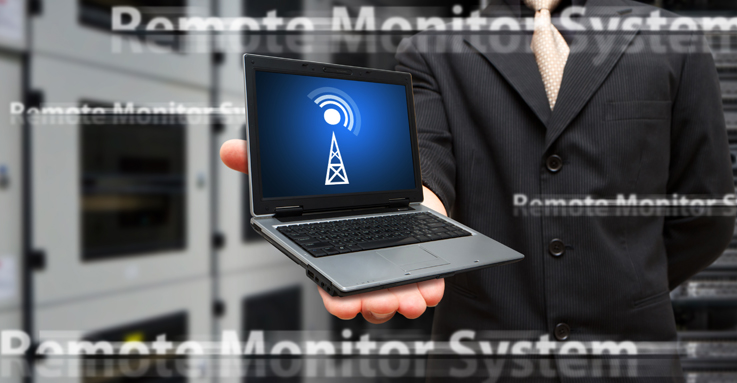Ken
201399 Views
0
April 08, 2019


Secure Remote Access
As much as it can be helpful, remote access, at times, can be harmful to your business. The challenges that come with the utilization of this technology can invite malicious attacks and threats. These adversities can disrupt your company’s network security and protection, leading you to face a potential security incident in the future. To secure remote access, you need to outline the policies that can help you strengthen your remote access security. In this guide, we’ll show you how you can secure remote access effectively.
Important of Secure Remote Access VPN
Whether we like it or not, remote access has sadly, become a target ground for modern hacking and theft. This is due to the growing number of people using the said technology. Almost all types of industries use remote access to better their work functions. And even for simple device users, this technology helps them to access their devices from anywhere at any time. However, remote access can also be vulnerable to malicious attacks and threats.
In recent years, vpn access has been targeted by modern hackers to steal important and confidential information from people, businesses, and whatnot. A 2012 report from Verizon Data Breach Investigations revealed that in 2011, 88% of all hacking breaches found in their record is due to the utilization of remote access. It has also been found that 95% of all the detected malware in the previous year was due to the same technology.
.
Another report released by Threatpost revealed that three healthcare organizations that use Remote Desktop Connection had their databases hacked by attackers through the vulnerable implementation of their remote desktop protocol or RDP. The breach saw 655,000 healthcare records across different parts of the US including Georgia, Farmington, and Missouri got stolen and sold on the dark web.
Ways to Secure Remote Access Software
There are tons of ways for you to secure remote access. If you haven’t outlined your policies in terms of securing your remote access yet, then consider these security tips down below:
Generate Strong Passwords – The first thing you need to ensure is to require users to provide a strong password before connecting to your corporate network. This will act as your first line of defense against unwanted access and malicious attacks outside of your walls and protection. Your password should be a combination of letters (both upper and lowercase),numbers, and special symbols.
Limit User Access – Your employees should not have 24/7 access to your network. This means that the time allotted for them to remotely access their office files and data should be limited. Make remote access privilege to anyone. Ensure that only those who need to use this technology are the ones who are able to connect to your network remotely. Even for system administrators, all access should be banned temporarily especially if remote access is not being used to manage and maintain office devices.
 Use Two-Factor Authentication – One way to strengthen your remote access login credentials is by establishing two-factor authentication or TFA. TFA provides you with stronger security by merging two different login components. Any unwanted users who want to gain access to your network will less likely to provide both of the required login credentials.
Invest in a Secure Remote Access Tool – All these security tips wouldn’t matter if you’re not invested in a secure remote access tool. See to it that the remote access software you have is secure enough for your business. One of the things you need to look after is its ability to encrypt remote sessions between the local and remote computers. This will ensure that all confidential interactions between the local and remote users are kept private and concealed.
You also need to consider if the remote access tool creates session confirmation whenever an access attempt is made. Usually, it comes with the login credentials that users need to provide before establishing a remote connection. This ensures that all access made on your device or network is allowed and permitted. You also want your software to have auto-update technology in it. This makes sure that all its security features, patches, and updates are current.
 Conclusion
Remote access, if implemented right, can be a great business ally that solves business emergencies and demands on the go. That’s why having a secure remote access system for your business is no longer a privilege, but a mere requirement for long-term success. By securing remote access, you no longer need to compromise your organization’s security just so you can have wider connectivity outside of your network.
Tags: